The following comment was received from DELFINO.CR in Costa Rica on 23rd January 2019. It may now be a little out-of-date but its subject typifies the attitude of the Costa Rican government to the dangers of mono-cultivation and over-use of pesticides over the last two decades. Beware the country that internationally paints itself so green whilst at the same time turning a blind eye to the contamination and health risks it creates through its pineapple mono-cultivation.
Key words: Costa Rica; pineapple cultivation; pesticides (bromacil); water source contamination.
Costa Rica’s Constitutional Court ordered six institutions to initiate the clean-up of six water sources which supply residents of Río Cuarto de Alajuela and which were contaminated with the herbicide bromacil. It has been established that all of these institutions knew of the existence of complaints about pollution risks for various water sources in the affected communities and, well, they did nothing.
The declaration was made as a result of a protective measure imposed by the Associations of Aqueducts and Sewers of Santa Rita, La Tabla and Santa Isabel de Río Cuarto de Alajuela which published the following communication:
“The Magistrates declared with reference to the resource that for years the institutions involved – the Costa Rican Institute of Aqueducts and Sewers, the Administrative Environmental Court, the Ministry of Health, the Ministry of the Environment and Energy, the Fitosanitary Service of State and the Ministry of Agriculture and Cattle Ranching – knew of the existence of complaints about the pollution risks in diverse springs in the affected communities, but despite that, they failed to comply with their obligation which was to coordinate the environmental action between the institutions and to exercise the precautionary principle necessary for this type of problem. What happened in this crisis of drinkable water was contamination by agro-chemicals in the Brenes, Nicrodal, La Flor del Acueducto de Santa Rita, la Flor del Acueducto de Santa Isabel, La Culebra and Nicolás Rodríguez springs.”
- As a result of this, the listed institutions must immediately begin the process of cleansing and eliminating agro-chemical residues from the water sources which supply the communities of Santa Rita, La Tabla and Santa Isabel de Río Cuarto de Alajuela; it is well known that in the past these were contaminated with bromacil, but nobody did anything about it.
- Pineapple plantations, pineapple plantations, pineapple plantations, and again! And the State looks away – again. Because as if the medicine hadn’t already been bitter enough to swallow, the day has come when the new edition of the ‘Cards on the Table’ programme, in which this time RT International decided to test the water and to remind us of the very high price that the country pays for its exports of pineapples.
- The programme, which is in the round table dialogue style, includes the presence of a UNDP official in sustainable development and resilience, Kifah Sasa, environmentalist Mauricio Álvarez of the Ecologist Federation of Costa Rica, and the environmental lawyer and legislative advisor, Sofia Barquero. They discussed the consequences of the billions of dollars which enter the country from the cultivation of pineapples. These are consequences which everyone talks about but which we ignore, preferring to look in the other direction.
- According to the UNDP data provided by Sasa, Costa Rica produces 50% of the fresh pineapple consumed in North America and 50% of that consumed in Europe. What makes it so attractive for the consumer is that what we produce is sweet enough for it to be marketed elsewhere. Twenty years ago, we used to split our tongues eating pineapples. Well now with our pineapples that doesn’t happen and it has become an export of preference. What happens is that now these consequences aren’t felt by our tongues but in the environmental impacts and the denunciations against bad labour practices which are associated with this cultivation.
- “In Costa Rica the pineapple plantation which becomes the norm is the exception,” said Sofía Barquero in a warning that couldn’t be sharper: namely that by putting 58,000 hectares under pineapple production, we are trampling the environment underfoot. As well as the denunciations about bromacil and multiple pollutants associated with this mono-cultivation, we can add that last year the UNDP reported that between the years 2000 and 2015, 5,565.9 hectares of forest cover were lost to pineapple production, to which we should add the erosion of soil, the loss of cattle through the pineapple fly and the non-compliance with labour laws, already well-known.
- In fact, a denunciation has been made this very week on the Twitter account of the Executive President of INAMU and the Ministry of the Condition of Women, Patricia Mora, which announces that: “The situation of women in many of the mono-cultivation plantations of our country (pineapple, banana, yucca and melon plantations) is one of absolute disrespect of their labour rights. Since I have been in the National Institute of Women, INAMU has held meetings with women workers in this sector who have presented me with their denunciations and looked for support in defence of their rights.”
- Right at the beginning of this year we can tell you of the denunciations made by the workers of the Bellavista Packers on the northern border, who told us that they had been sacked for having been affiliated to the union, and that they had even been obliged to sign work agreements which RT International made known when it reported on pineapple cultivation in this green and democratic country.
- According to UNDP data, a high percentage of the country’s pineapple plantation production is controlled by 40 large companies with enormous names such as Dole, Chiquita and Del Monte which are supposedly the easiest to control because of the power behind their name.
- There are, however, the others, the small ones of which there are more than 1,400 and which are the most polluting and which fail to address denunciations. Those companies then sell to the large companies which in their turn can wash their hands of the responsibility, declaring that it is small ones that are guilty because they are the ones that don’t have the necessary technology to ensure that their agro-chemicals don’t contaminate the soil or that can’t pay appropriate wages, etc, etc.. And so, once again, they all wash their hands and turn their heads away.
- This is ‘the price of the sweet fruits’, as the title of the German DW described it last year in its report on our country’s pineapple production. The report indicated that in Germany each fruit costs between 1 and 3 euros (between 700 and 2,000 colones) giving a total of 1 billion dollars that reach the state but not the wages of the workers, nor the cleanness of the rivers contaminated with bromacil. That is the issue that we must begin to see, without looking the other way, thereby genuinely calculating the true cost of the 2 million tonnes that we export every year.
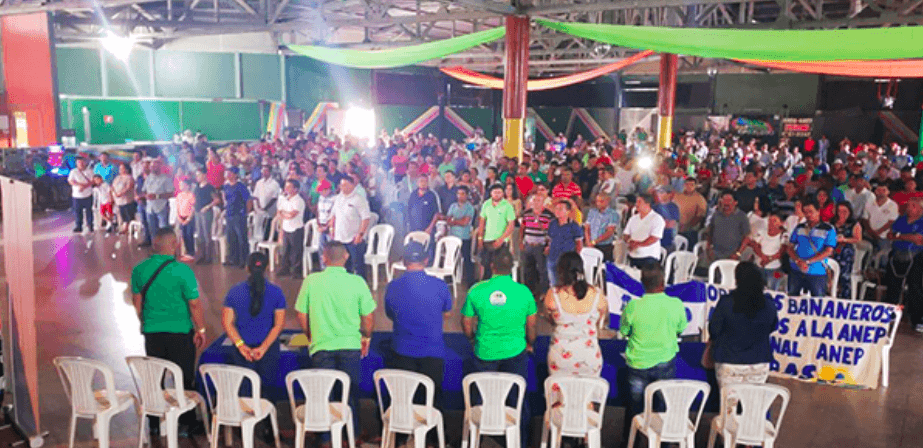
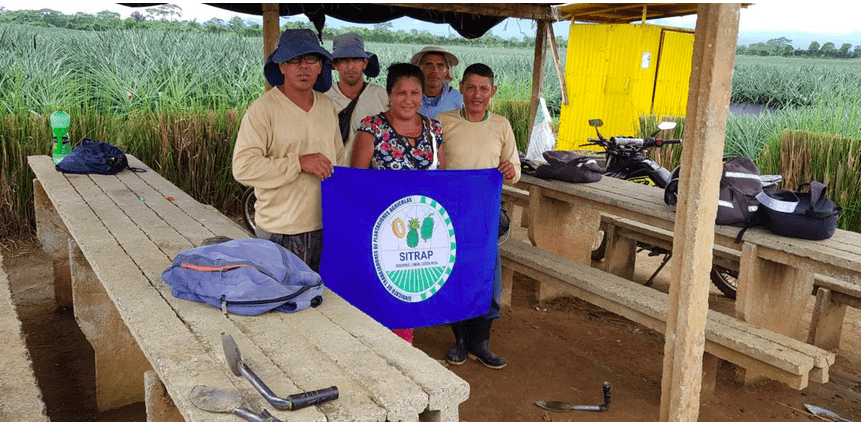
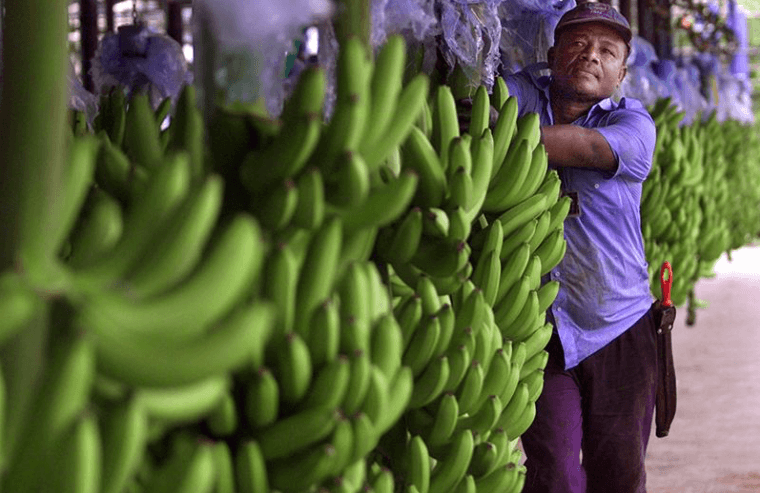
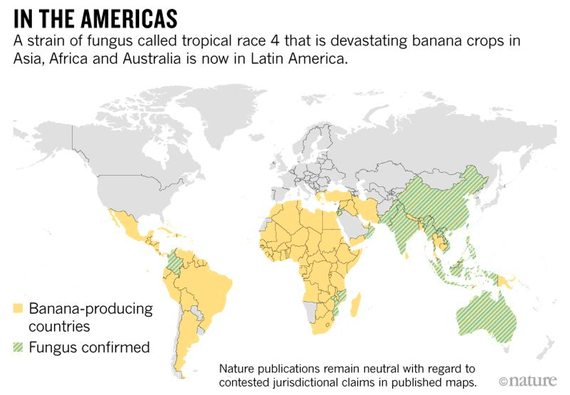
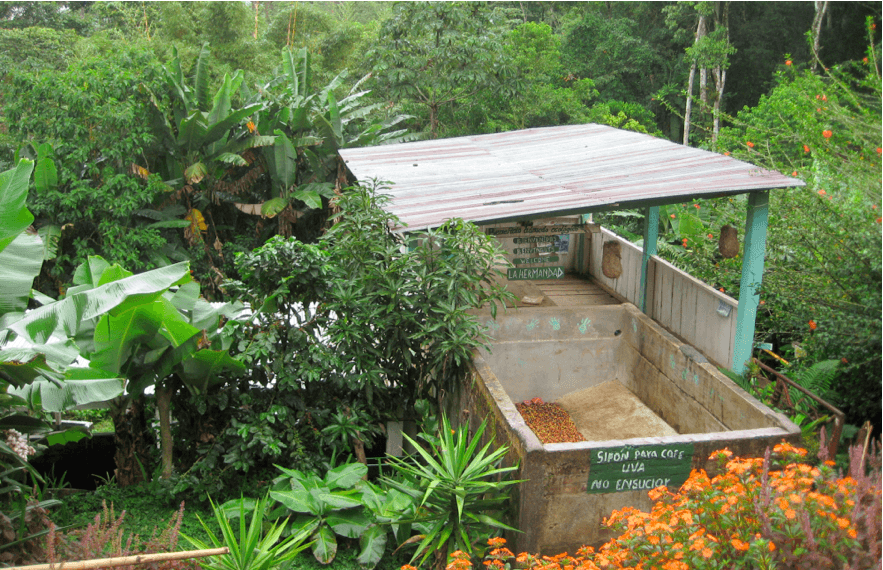
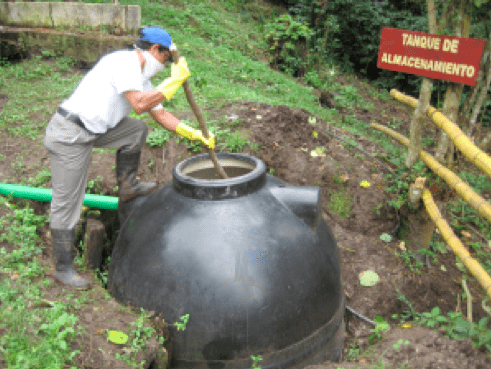
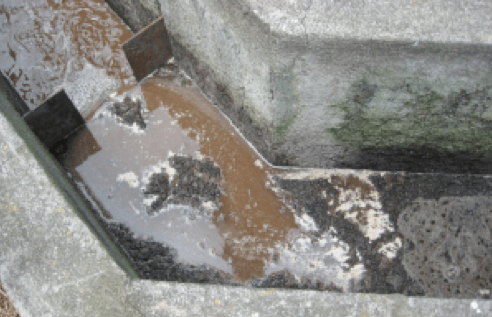
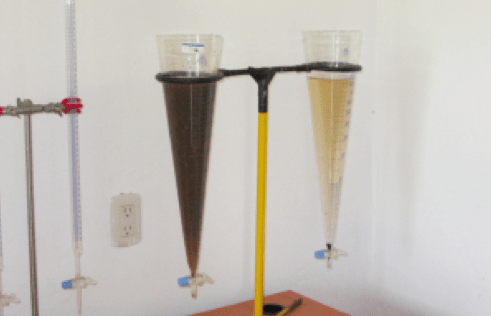
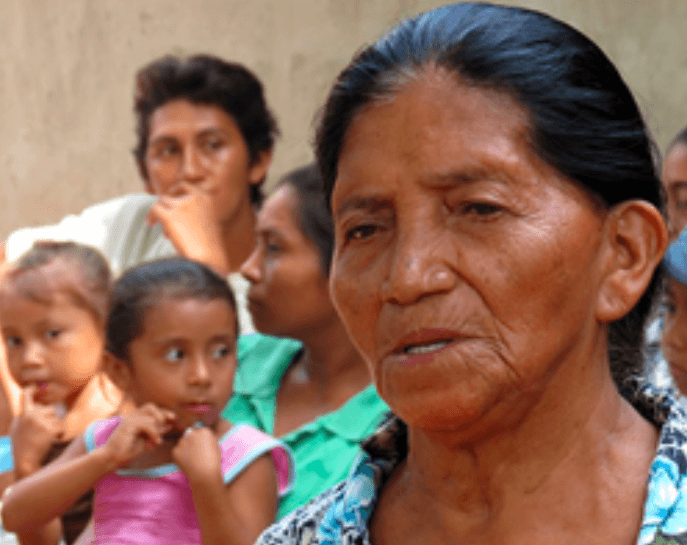


 Thank you for supporting our recent urgent action appeal in support of union members at Costa Rican pineapple producer ANEXCO. More than 23,000 emails have been sent to the company, calling on them to end harrassment of union members and to engage in constructive dialogue with the union SINTRAPEM (Sindicato Nacional de Trabajadores/as del Sector Privado Empresarial). This massive effort, plus several articles in the trade press and an intervention by the UK’s
Thank you for supporting our recent urgent action appeal in support of union members at Costa Rican pineapple producer ANEXCO. More than 23,000 emails have been sent to the company, calling on them to end harrassment of union members and to engage in constructive dialogue with the union SINTRAPEM (Sindicato Nacional de Trabajadores/as del Sector Privado Empresarial). This massive effort, plus several articles in the trade press and an intervention by the UK’s